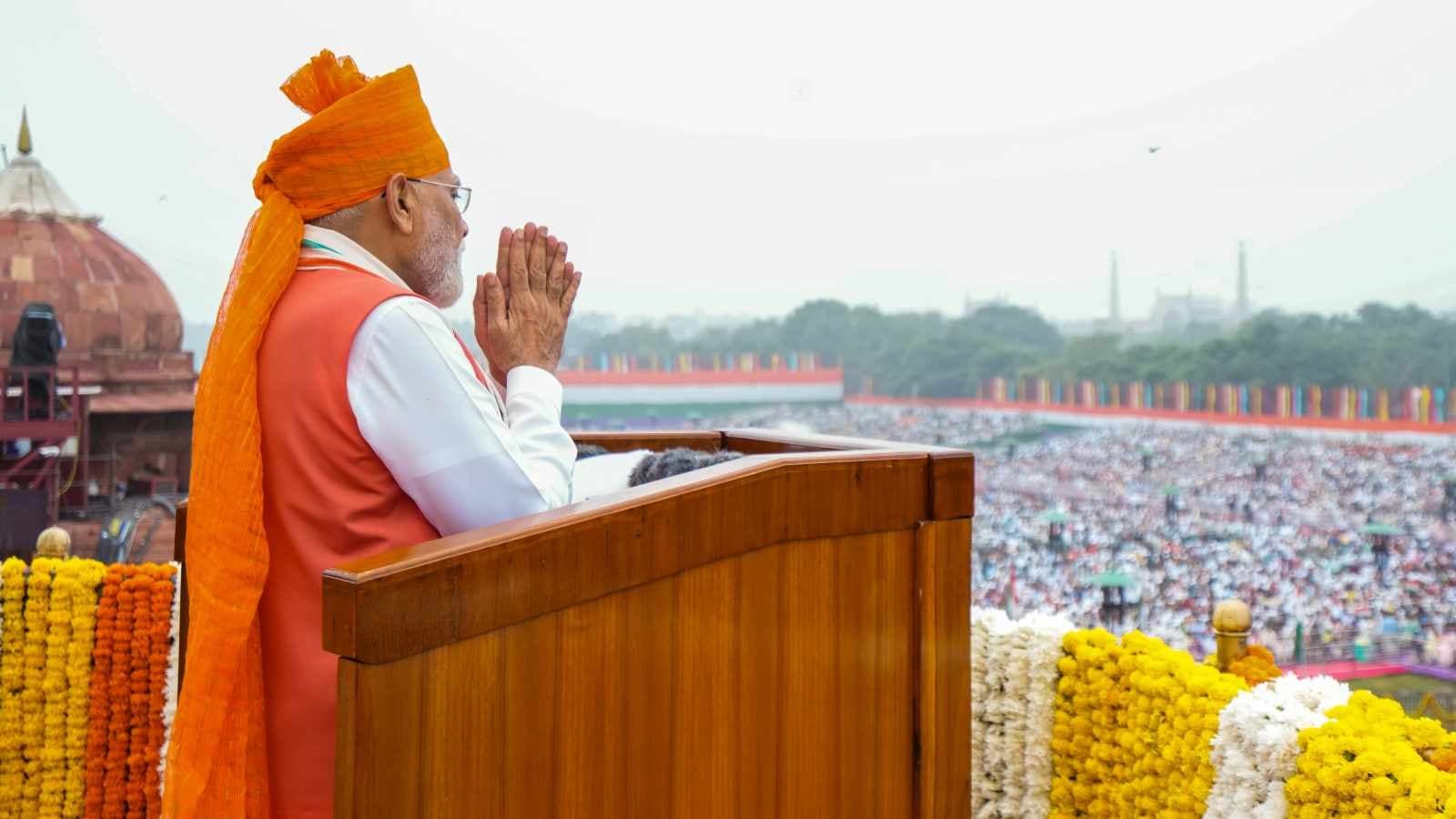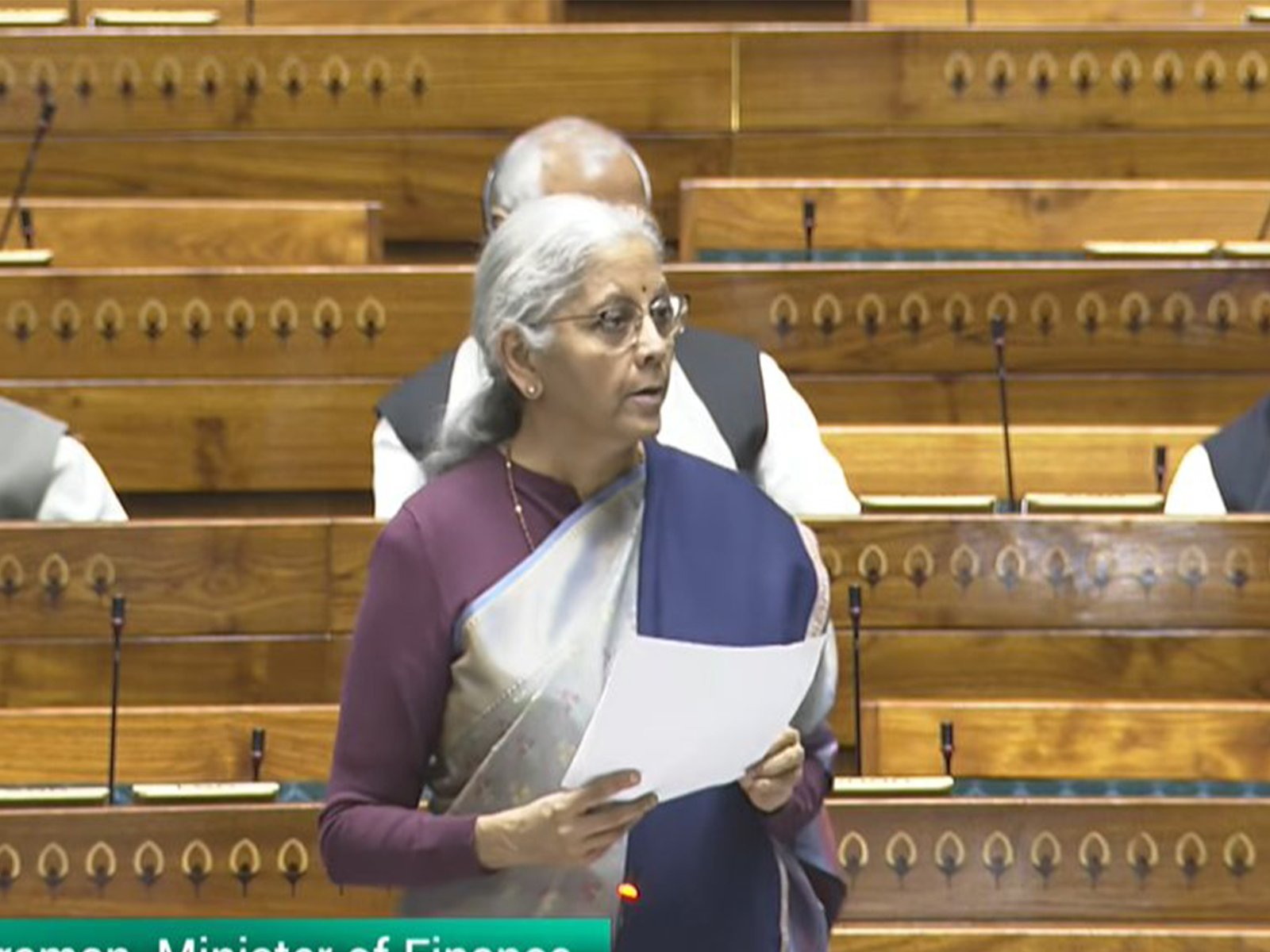Context
India’s announcement of a demographic mission in August 2025, focused on undocumented immigration, has stirred debate, highlighting the need for a broader, inclusive approach. As the world’s most populous nation with a vast youth base, India stands at a demographic crossroads where diversity must be seen as a strategic asset, not just a population control issue.
What is a “Demographic Mission”?
- A demographic mission is a national, long-term strategy to understand and manage key population trends, including fertility, mortality, migration, and aging, in a coordinated and inclusive manner.
- It goes beyond merely counting people to focus on building human capabilities through education, health, and livelihoods. (Demographic planning = human development planning)
India’s Changing Demographic Landscape
India’s population is undergoing a rapid transition marked by fertility decline, migration, ageing, and inequality, creating both opportunities and challenges.
- Fertility and Age Structure
- Declining fertility: Most states show reduced fertility; southern states are below replacement levels.
- Regional contrast: The south faces ageing and labour shortages, while the north faces youth bulge and unemployment.
- Policy need: Region-specific demographic and labour strategies.
- Migration as a Balancing Force
- Equaliser of population pressures: Rural-urban and inter-State migration reshapes labour markets.
- Challenges: Migrants face exclusion, loss of voting rights, and poor access to welfare.
- Policy need: Recognise migration as a developmental driver; ensure rights and portability of benefits.
- Longevity and Social Security
- Rising life expectancy: Expanding elderly population demands new social protection models.
- Gaps: Overreliance on the state; weak pension and care systems.
- Policy need: Shared responsibility between state, employers, and individuals; promote productive ageing (both young and old can contribute if healthy).
- Inequities in Capability Building
- Uneven access: Education and skills are concentrated among the affluent; poorer regions lag behind.
- Risk: Youth potential may turn into demographic burden.
- Policy need: Invest in equitable education, health, and skill development to harness the demographic dividend.
Why a Holistic Mission Is Needed?
India’s population policies are fragmented; family planning, education, health, and employment are all handled separately.
A holistic demographic mission would integrate these areas by:
- Linking health with education and skill development,
- Connecting job creation to demographic zones,
- Planning cities to manage migration and housing,
- Strengthening social security for elderly care.
Such integration ensures that population changes lead to inclusive and sustainable development.
Challenges and Way Forward
| Challenges | Way Forward / Solutions |
| 1. Fragmented and narrow demographic policies: Current policies focus mainly on fertility control and population growth, ignoring links with education, health, employment, and migration. | Launch a National Demographic Mission to integrate population, health, education, employment, and social policies under one coordinated framework. |
| 2. Lack of real-time, reliable demographic data: Census delays and poor regional data make planning reactive instead of forward-looking. | Invest in real-time demographic data systems using digital platforms, AI, and predictive modelling for evidence-based policymaking. |
| 3. Regional demographic imbalance: Southern states ageing rapidly, while northern states have youth surplus, creating uneven labour and resource pressures. | Region-specific demographic planning: skill training and job creation in the north; ageing care and labour mobility facilitation in the south. |
| 4. Migration and exclusion issues: Migrants face identity loss, lack of social protection, and disenfranchisement in both home and host states. | Ensure migrant rights and inclusion: portable social benefits, voting reforms, and equal access to housing, healthcare, and education. |
| 5. Inequities in education and skill development: Uneven access creates a gap between aspirations and opportunities. | Invest in equitable human capital: expand quality education, vocational training, and digital literacy across regions. |
| 6. Rising ageing population and weak social security systems: Longer life expectancy without adequate pensions or healthcare increases dependency burden. | Strengthen social security and elderly care: promote contributory pension schemes, employer participation, and community-based elderly services. |
| 7. Gender and reproductive inequities: Women’s reproductive rights and access to healthcare often neglected under population control drives. | Adopt a rights-based approach: ensure informed choice, reproductive autonomy, and gender-sensitive health services. |
| 8. “Per capita hangover” in policymaking: Policies based only on average figures ignore real demographic variations such as age, dependency, and regional composition. | Adopt demographic-sensitive planning: use age-structure and dependency ratios in allocation of funds and development programs. |
| 9. Weak inter-ministerial coordination: Health, education, and labour policies work in silos, leading to inefficiency. | Institutional reforms: create a permanent National Demographic Commission for coordination among ministries and state governments. |
| 10. Public unawareness of demographic issues: Population debates remain politicised rather than understood as development challenges. | Promote demographic literacy and public awareness: include population education in curricula and use media for informed dialogue. |
Conclusion
India’s population change is not a problem, it’s a strategic opportunity. If managed wisely, it can fuel economic growth, innovation, and human development. But if ignored or handled piecemeal, it can deepen inequality and strain resources. Therefore, a holistic demographic mission, one that sees people not as numbers to be controlled, but as human capital to be nurtured for the nation’s future, is the need of the time.
| Ensure IAS Mains Question Q. India needs a holistic Demographic Mission to manage its population transition and harness the demographic dividend. Discuss the need, scope, and key components of such a mission in the context of India’s regional and social disparities. (250 words) |
| Ensure IAS Prelims Question Q. A holistic Demographic Mission in India seeks to integrate population management with multiple policy areas. Which of the following correctly reflects this integrated approach? 1. Linking health initiatives with education and skill development. 2. Connecting job creation to regional demographic patterns. 3. Urban planning to manage migration, housing, and basic infrastructure. 4. Strengthening social security and elderly care systems. Select the correct option from the codes given below: a) 1 and 2 only b) 1, 2, and 3 only c) 1, 2, 3, and 4 d) 2, 3, and 4 only Answer: c) 1, 2, 3, and 4 Explanation: A holistic Demographic Mission goes beyond population control and integrates multiple policy domains: ● Health + education + skills: Ensures a healthy, skilled workforce. ● Job creation linked to demographic zones: Addresses regional disparities and youth employment. ● Urban planning: Manages migration, housing, and infrastructure sustainably. ● Social security for elderly: Prepares for an ageing population and ensures productive ageing. All four components are essential pillars of a mission-mode demographic strategy. |
Also Read | |
| UPSC Foundation Course | UPSC Daily Current Affairs |
| UPSC Monthly Magazine | CSAT Foundation Course |
| Free MCQs for UPSC Prelims | UPSC Test Series |
| ENSURE IAS NOTES | Our Booklist |





